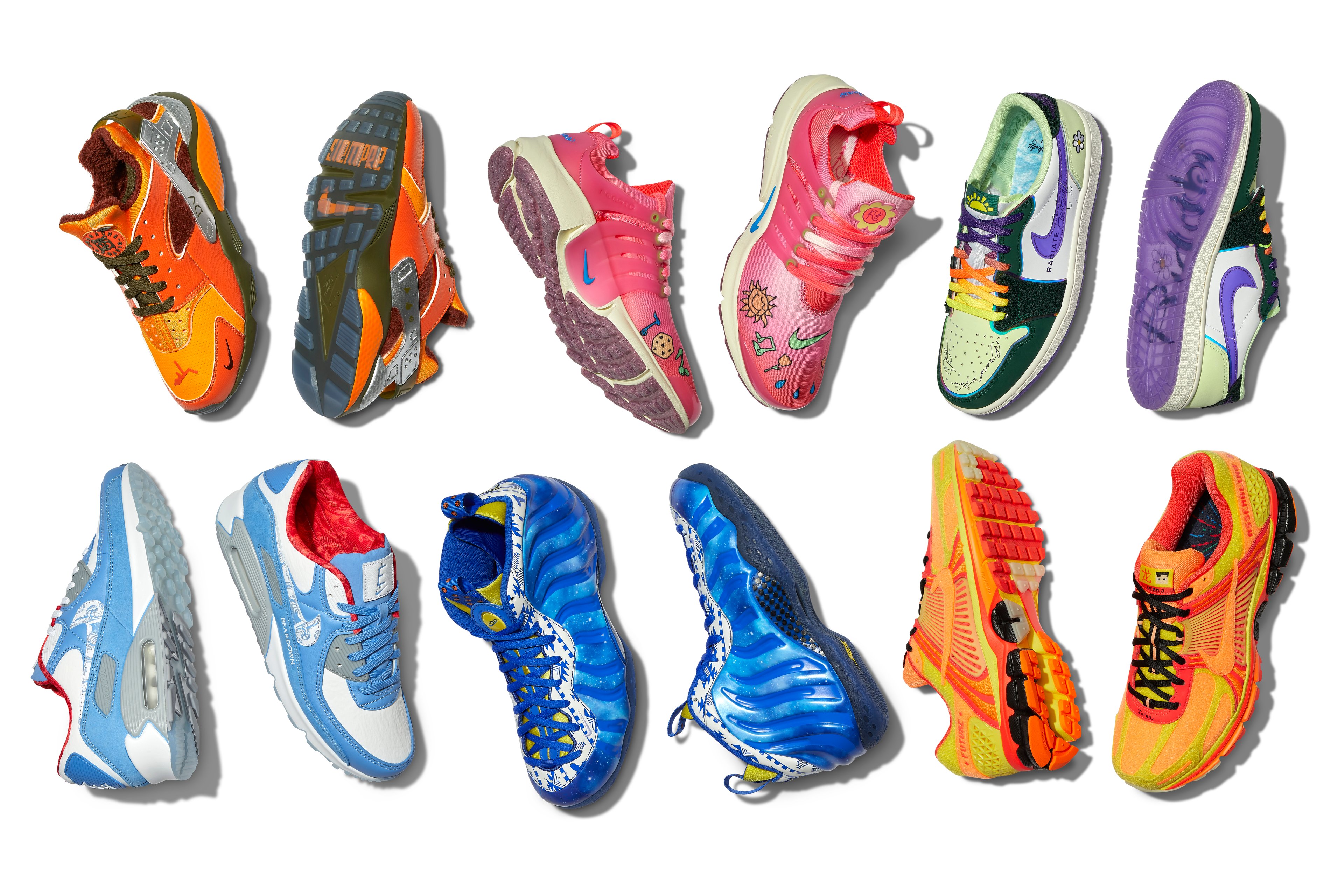Nike's (NKE 1.85%) coming off a huge victory: Its 2020 third-quarter earnings report (released on March 24) impressed shareholders, despite the current investing climate. It has the sales, status, and might to cruise through athletic retail as the undisputed leader, and it's still not letting up on its innovation efforts.
Where does this leave Under Armour (UA 3.85%)(UAA 3.64%)? The former "it" company in athletic apparel and shoes lost its magic with missteps resulting in decreased North American sales growth over the past few years. With a new branding campaign and overhauled operations, Under Armour is aiming to bring back its power in the marketplace. But is it too late?
Why Nike is unbeatable
Nike has always been the company to beat in the athletic industry, the perennial favorite of both athletes and style mavens. With a winning combination of solid leadership and technological advances, the company continues to sail past competitors.

Image source: Getty Images.
Nike made two key changes at the end of 2019 that solidified its standing. Management chose John Donohoe to take over as CEO. Donohoe's management experience with Bain & Company and his tech experience with companies like eBay and ServiceNow makes him the perfect leader to bring the company into the digital wave. The company also cut its e-commerce ties with Amazon, which helped strengthen its direct-to-consumer business efforts.
Nike's power was even more apparent than usual with its recent third-quarter earnings announcement, which showed a 5% increase in revenue despite a pullback in the Chinese market due to COVID-19 store closures. Nike's digital direct-to-consumer program helped pull it through the harsh in-store retail climate.
Now that Nike has reopened stores in China (its biggest growth market) and has a healthy digital business, it's confident the overall COVID-19 fallout won't be as dramatic in the current quarter as some were forecasting.
Why Under Armour is in trouble
Under Armour's business has suffered acutely over the past two years as the brand lost its footing in North America.
Before the COVID-19 pandemic hit the economy hard and shut down businesses and furloughed jobs, Under Armour still looked like it had a fighting chance to get back in the game. With growing global sales and a new branding campaign, plus its first positive North American growth in eight quarters, the company seemed poised for recovery. International sales were expected to grow at low double digits percentages for the first quarter of 2020.
But efforts to stop the spread of coronavirus mean Under Armour isn't getting the opportunity to prove naysayers wrong about the long-term growth potential for the company. CEO Patrik Frisk said, "the unanticipated shock to our business [from this economic event] has been acute."
Unlike Nike and upstart sports apparel retailer lululemon athletica, which both have strong direct-to-consumer businesses, Under Armour's direct-to-consumer efforts "continues to be challenged," according to Frisk. With the company's storefronts temporarily closed, now would be the time to ramp up digital, but Under Armour hasn't yet invested enough in its e-commerce capabilities to support a large-scale digital effort.
Where Under Armour can flourish
Under Armour has a long road ahead of it before it's likely to see success again, but it wouldn't be the first time a company has weathered a storm and survived intact. The most famous example of a turnaround story is probably Apple, which saw a colossal plunge in sales over several years after firing Steve Jobs in 1985, and which rose again to dominance after it hired him back in 1997.
Although Under Armour announced layoffs last week as stores are staying shut, it also approved a restructuring plan to get back on track in 2020. Recently appointed CEO Patrik Frisk is working to tighten operations wherever he can to get the company ready for whenever higher sales kick in.
The company is implementing several actions to tighten operations, spur innovation, improve digital and e-commerce options, and brighten its tarnished image. It also recently released a new slogan and brand experience. In short, it's a complete revamping across multiple company elements.
There are two areas where it already shows strength and those are the places on which to focus. One is global sales. Under Armour continues to see steady growth in international markets, particularly Latin America, where sales increased 11.8% in the fourth quarter. The other is technical innovation. The company said it's making the decision to put its energies into its core products that made it a danger to Nike when it first popped up on the scene. Locking in on that focus can help the company develop better solutions for loyal customers.
In the meantime, Under Armour stock has fallen to precipitous lows (it's down 54% year to date), and investors should be wary of betting on the company's turnaround.








